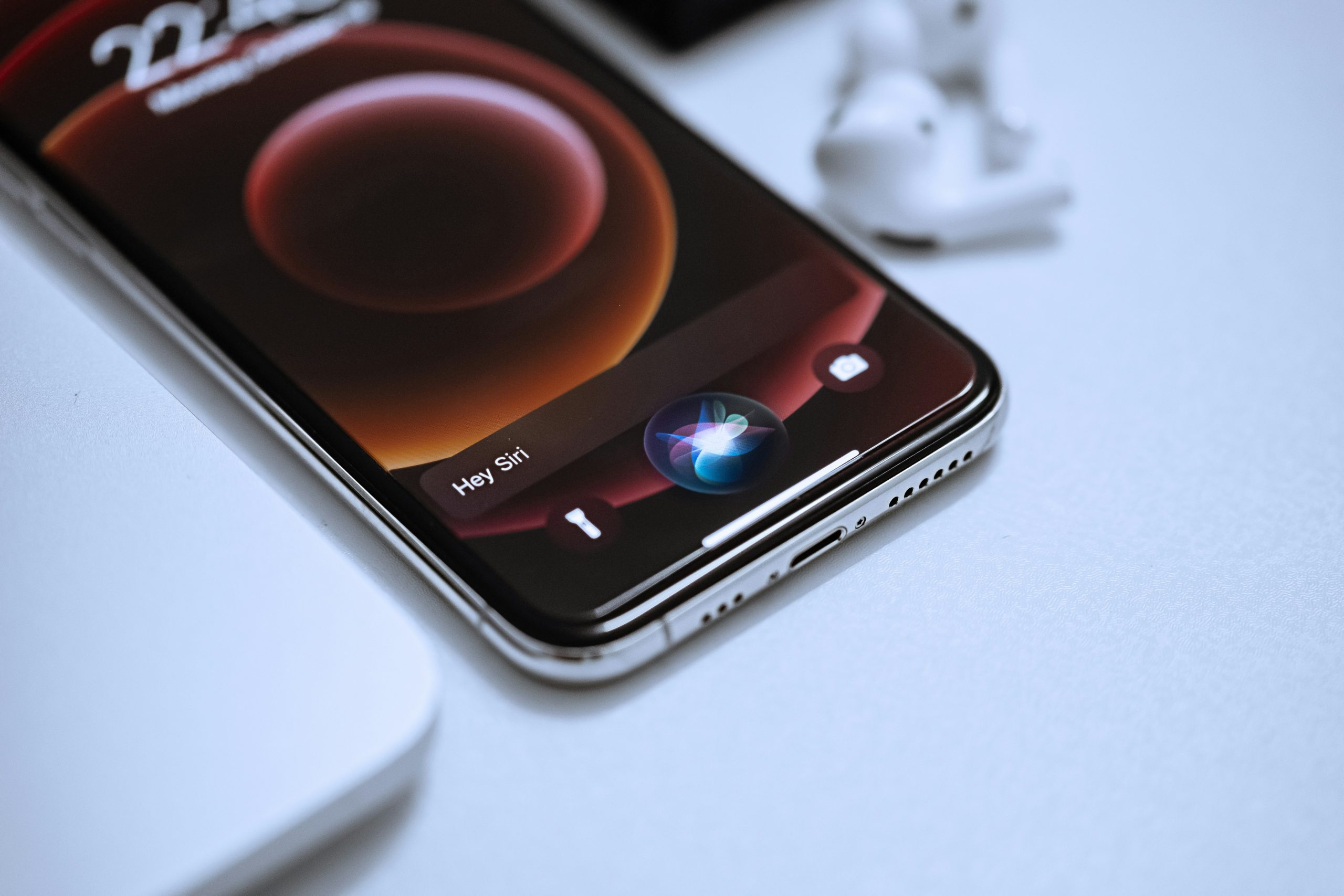In the ever-evolving world of iOS, where innovation meets user demand, the release of iOS 18 has opened up a new realm of possibilities for app enthusiasts and developers alike. Yet, amidst the excitement lies a common hiccup that many users are grappling with: the inability to launch SideStore. Picture this: you’ve eagerly downloaded the latest software update, ready to explore all its features, only to find yourself staring at an error screen instead of your favorite sideloaded apps. Frustrating, right?
Fear not—you’re not alone in this digital dilemma! As more users dive into the depths of iOS 18’s capabilities, some have encountered roadblocks that can stifle their app experience. But before you resign yourself to waiting for a fix or reverting back to previous setups, we’ve compiled a list of quick and effective solutions tailored specifically for those facing SideStore challenges. Whether you’re a seasoned techie or just starting out on your sideloading journey, these tips will help you regain access and get back to exploring all that iOS 18 has to offer!
Common Error Messages Explained
When dealing with SideStore issues on iOS 18, encountering error messages can be frustrating and often perplexing for users. One common message is Unable to Install, which typically arises from compatibility mismatches or network problems. Ensure your device is running the latest version of iOS and that you have a stable internet connection—sometimes, just toggling Airplane Mode off and on can resolve temporary connectivity glitches.
Another frequent error is Expired Certificate. This indicates that SideStore’s signing certificate has lapsed, which means it’s time for a renewal or update. Users should be vigilant about checking the status of any certificates associated with installed apps; a simple refresh in the settings can often remedy this problem. Incorporating regular checks into your routine will not only ensure app functionality but also enhance device security by staying up-to-date with any changes to digital signatures! Understanding these error messages empowers users to take swift action rather than feeling stuck, turning potential frustration into an opportunity for learning and growth in navigating iOS customization.

Check Your Internet Connection First
Before diving into more complex troubleshooting steps for launching SideStore, it’s essential to take a moment to assess your internet connection. A stable and strong internet connection serves as the backbone of any app’s functionality, especially third-party applications like SideStore, which rely on continuous data transfer. An unstable or slow connection can lead to unexpected errors or prolonged loading times that leave users frustrated and searching for solutions.
To effectively diagnose potential connectivity issues, start by performing a quick speed test on your device. This will give you a clear picture of your download and upload speeds. If the results are below expectations, consider reconnecting to Wi-Fi or switching to mobile data. Additionally, remember that network congestion during peak hours can lead to slower performance; if you’re in a crowded area, waiting until off-peak times might enhance your experience.
Being mindful of simple precautions can also prevent hiccups down the road. Ensure that you’re not using any VPNs or security software that may interfere with app connections—sometimes these tools create barriers where none should exist. By checking and optimizing your internet connection first, you lay the groundwork for smoother interactions with SideStore and avoid unnecessary complications as you explore its features in iOS 18.
Restart Your Device for Quick Fixes
When you find yourself grappling with issues in launching SideStore on iOS 18, the simplest yet often overlooked solution lies in rebooting your device. Restarting not only refreshes memory but also clears temporary glitches and software hiccups that may be standing between you and a seamless app experience. It’s surprising how many technical troubles can be resolved by this simple act, akin to giving your device a quick breather.
Additionally, consider timing your restart strategically. If you’ve just completed an update or installed a new application, these changes can sometimes disrupt established processes within iOS. A restart helps integrate those updates properly; think of it as allowing the operating system to recalibrate after a shift in its environment. This small maneuver can save you time and frustration by potentially erasing barriers that keep SideStore from functioning optimally.
So next time you’re faced with issues launching SideStore, remember to hit that power button for a brief moment of reset. Often, this basic remedy paves the way for smoother navigation through apps and ultimately enhances your overall experience on iOS 18—proving once again that sometimes simplicity reigns supreme when tech troubles arise.

Update to the Latest iOS Version
As iOS 18 rolls out, users are discovering a myriad of features that enhance both usability and security. One particularly exciting addition is the new privacy settings that allow for even finer control over app permissions. This means you can now decide if an app access your location or contacts, tightening your data defense without hampering functionality. Additionally, the revamped interface has streamlined how updates are displayed, making it easier than ever to keep track of what’s new and important on your device.
While these enhancements offer notable advantages, they may inadvertently impact third-party applications like SideStore due to stricter background processing rules. For those experiencing issues launching SideStore after upgrading to iOS 18, it’s crucial to check whether any new permission settings might be affecting its performance. A quick reset of the app’s permissions could be just what you need to restore functionality and enjoy a seamless experience with your favorite sideloaded apps again. Remember, staying updated not only enriches your iOS experience but also keeps compatibility in check—your digital landscape is constantly evolving!
Clear App Cache and Data Preferences
When dealing with app launch issues like those encountered with SideStore on iOS 18, one often-overlooked solution is clearing the app’s cache and data preferences. This method can act as a digital reset for the application, resolving lingering bugs or glitches that prevent it from functioning smoothly. By removing cached files, users can free up valuable storage space and eliminate corrupted data that might be hindering performance.
To clear cache and data preferences effectively, navigate to your device settings and locate the problematic app. In many cases, this approach not only refreshes the application’s state but also enables it to load faster by stripping away unnecessary remnants of previous sessions. Furthermore, regularly maintaining your device in this way can contribute to overall system health, ensuring other applications run optimally too. So next time you find SideStore stalling at launch, consider giving its cache a clean sweep—it could just restore your access to all things sideloading!

Reinstall SideStore Application Steps
If you’re facing issues with launching the SideStore app, a fresh reinstall might just be the remedy you need to restore functionality. To begin, make sure to delete the existing SideStore application from your iOS device. Simply tap and hold the app icon until you see an option to remove it. Once uninstalled, head over to your preferred browser and visit the official SideStore website or a trusted third-party source for downloading it again.
When reinstalling, pay attention to any prompts that may require special permissions for installation. These could include allowing access to certain settings on your device or adjusting preferences in your Safari browser. After everything is set up, try launching SideStore again; many users find success after following these precise steps. Additionally, consider checking if there are any pending updates for iOS itself—often overlooked, system updates can significantly affect app performance and compatibility. As always, ensure that you have backed up important data prior to reinstalling any application—a small step that can save you from potential headaches down the line!
Conclusion: Recap and Final Tips
In summary, if you’re facing challenges launching SideStore on iOS 18, you’re not alone—and there are viable solutions to explore. From ensuring your device settings are optimized for installation to clearing any cache that might be causing hiccups, these proactive steps can significantly enhance your experience. Remember, troubleshooting isn’t just about fixing issues; it’s also an opportunity to better understand the tools and apps you rely on daily.
As a final tip, consider joining online communities or forums dedicated to iOS software modifications. These platforms often provide real-time updates from users encountering similar challenges and can share innovative shortcuts or fixes that developers may not highlight yet. Embracing this collective wisdom can empower you not just to resolve current issues but also prepare you for future enhancements in the ever-evolving landscape of iOS applications. Stay curious and keep experimenting—your next breakthrough could be just around the corner!









